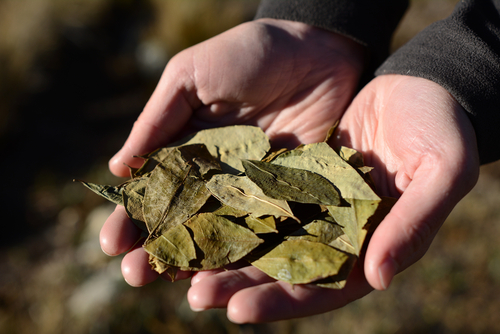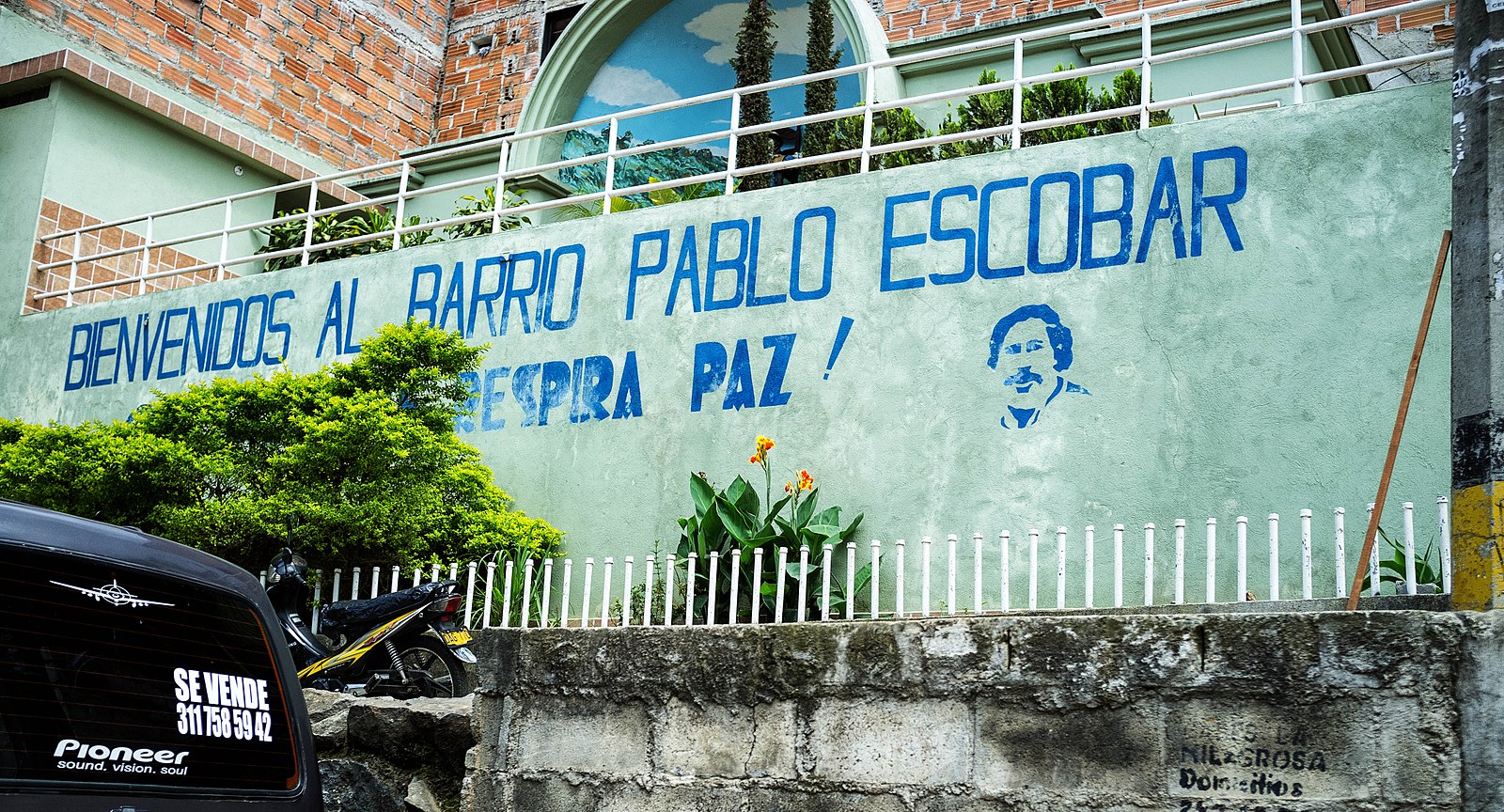Colombia has again reached record levels of coca production, according to the latest numbers from the United Nations Office on Drugs. The report shows that 171,000 hectares of farmland was used for planting cocaine in Colombia in 2017, which is significantly higher than the record numbers from a year prior (141,000 hectares) as production jumped more than 30 percent.
That amount of acreage dedicated to cocaine farming translates to 1,400 tons of cocaine, per the UN group’s study, which has a street value of $2.7 billion.
.@UNODC is reporting 171,000 hectares of coca were planted in #Colombia in 2017. (https://t.co/IO0mlIS4QH) Its last 19 years of estimates are the dark blue line on this chart: pic.twitter.com/pM3fu4Ak0y
— Adam Isacson (@adam_wola) September 19, 2018
Unfortunately for Colombia and the region at large, there are no signs that anything the government or foreign agencies have done is working to stop production.
As shown in the above graph, an independent study from the United States puts the number of hectares dedicated to cultivating coca even higher at 209,000. That is despite the fact that the U.S. spends hundreds of millions of dollars each year to try to solve the global drug trade that often finds its source in Colombia, the world’s largest cocaine producer.
“The area with coca crops in Colombia has been increasing since 2013 at an average yearly rate of 45%,” the study read.
According to the BBC, Justice Minister Gloria María Borrero called the numbers “really very worrying.”
Much of the concentration of coca farms came in the Pacific and Central regions of Colombia, as well as in Putumayo and Caquetá near the country’s southern border with Peru.
In an agreement with the UN last year, Colombia said it would try to incentivize farmers from not getting into the business of coca cultivation by providing alternatives. The industry remains catalyzed by guerrilla group leaders like FARC dissident Walter Arizala, alias El Guacho, who was recently injured in a shootout with Colombian military forces.







